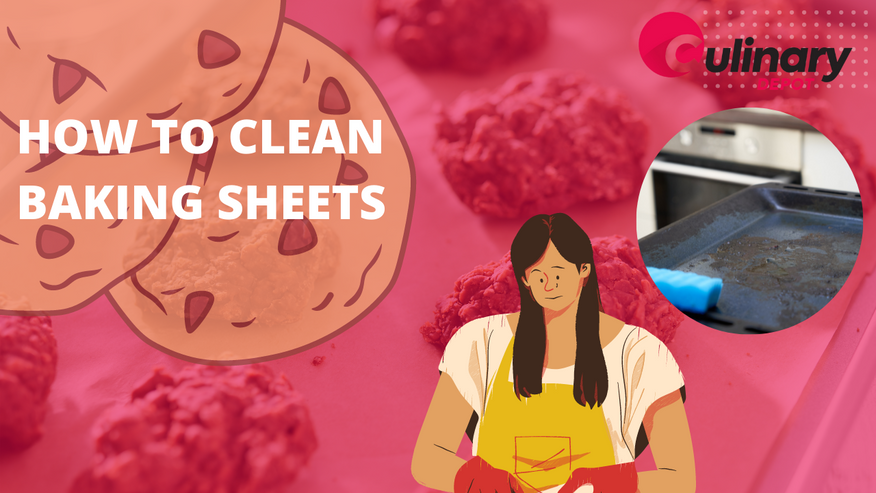Sep 22nd 2022 - Monica Cunanan
How to Properly Clean Baking Sheets
Baking sheets are among the most commonly-utilized tools in a cook's kitchen. They usually have the patina to prove they've been well-loved. Baking sheets are usually not completely spotless. At some point, everything turns dark due to the brown stains. You probably already know by now that a damp sponge with warm, sudsy soap isn't enough to clean your baking sheets properly.
Baking Sheets Cleaning Methods
Here are ways you can clean your baking sheets:
- Using Baking Soda and Aluminum Foil
- Soaking it with Cream of Tartar and Vinegar
- Soaking it with Baking Soda and Peroxide
- Using Ammonia
- Using Baking Soda and Water
Take Note of the Material of Your Baking Sheets
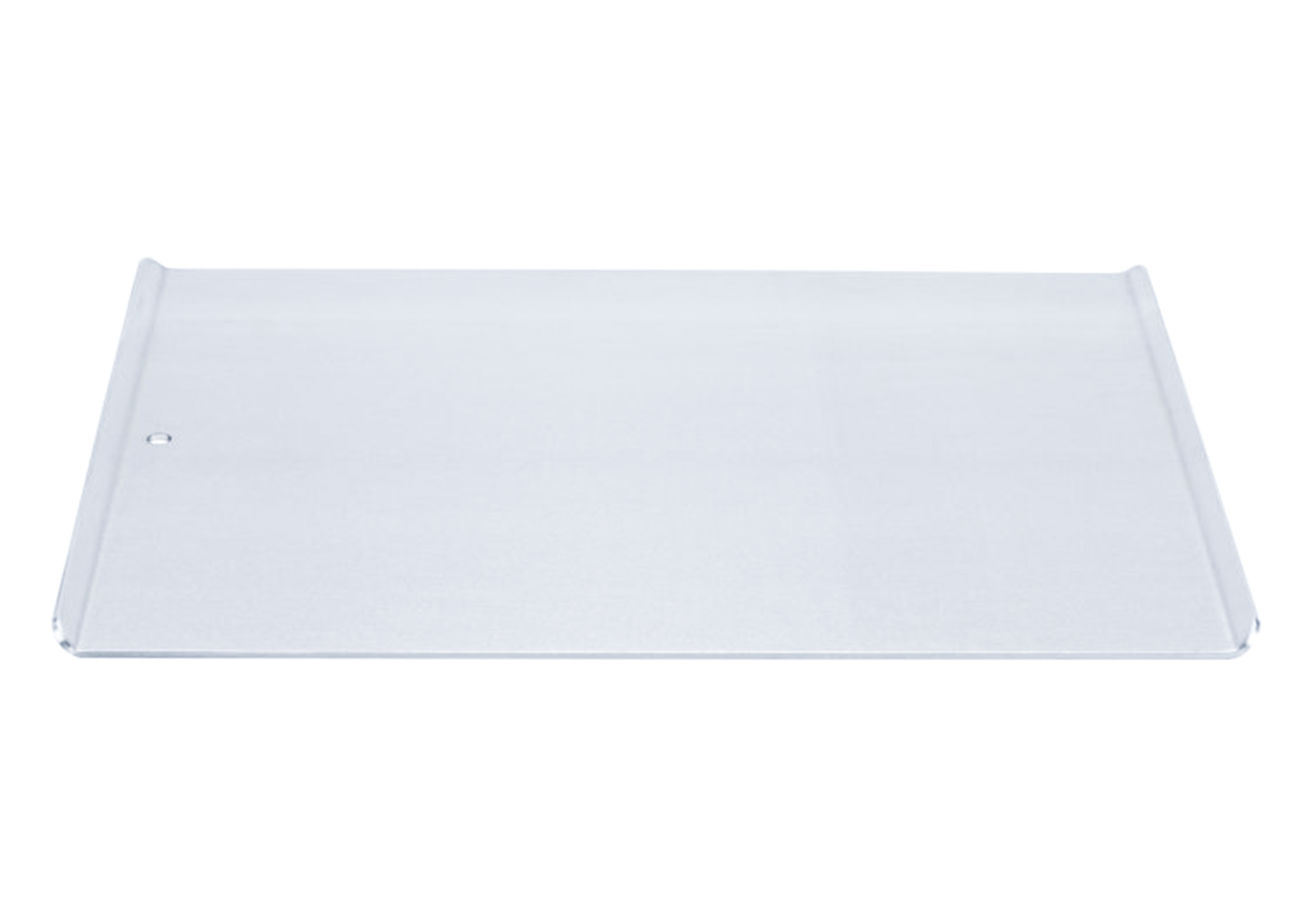
Before you start cleaning your baking sheet, check whether you know the material of the baking sheets you use. You can clean most types of baking sheets, baking dishes, and baking trays with these techniques, but using the wrong method can ruin the finish on aluminum or nonstick baking sheets. Aluminized steel can withstand all cleaning methods but it is not recommended to use ammonia or aluminum foil when cleaning an aluminum baking sheet. Avoid ammonia, baking soda, hydrogen peroxide, and aluminum foil when cleaning non-stick baking sheets.
Model Featured: Vollrath Cookie Sheet
Methods of Cleaning Baking Sheets
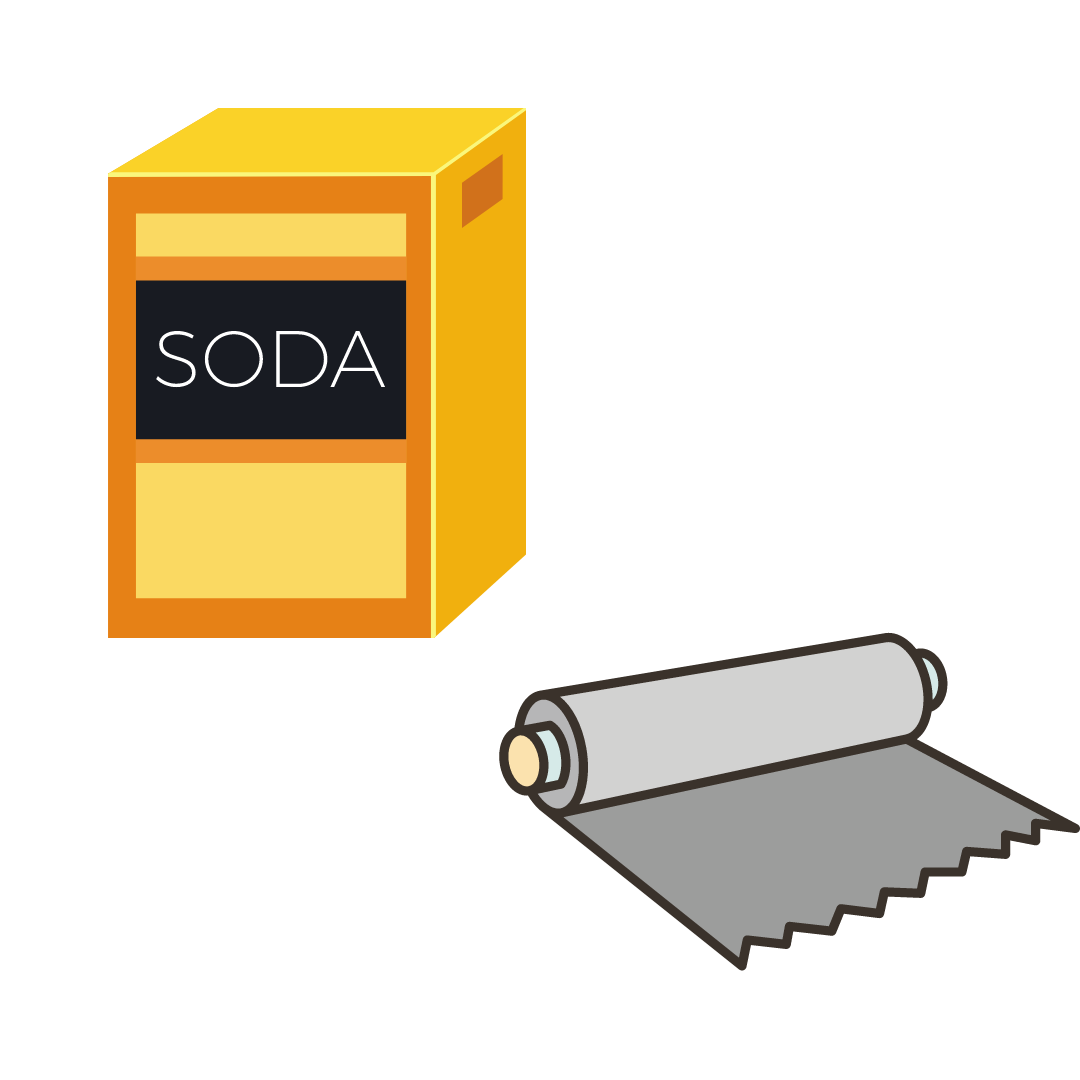
Baking Soda and Aluminum Foil
You may want to use this popular cleaning method when using a sheet pan that has chunks of food residue stuck on it instead of a flat surface. This cleaning process takes about 15 mins to effectively clean your sheet pan.
- Mix baking soda and water into your sheet pan to make a paste.
- Wrap an aluminum baking tray in aluminum tinfoils and use it like a steel wool sponge, working in circular motions all around the surface of your pan.
- If the aluminum foil becomes too flat, occasionally ball the foil in your hands and rub it all over the pan again.
- Wash with warm soapy water.
Cream of Tartar and Vinegar
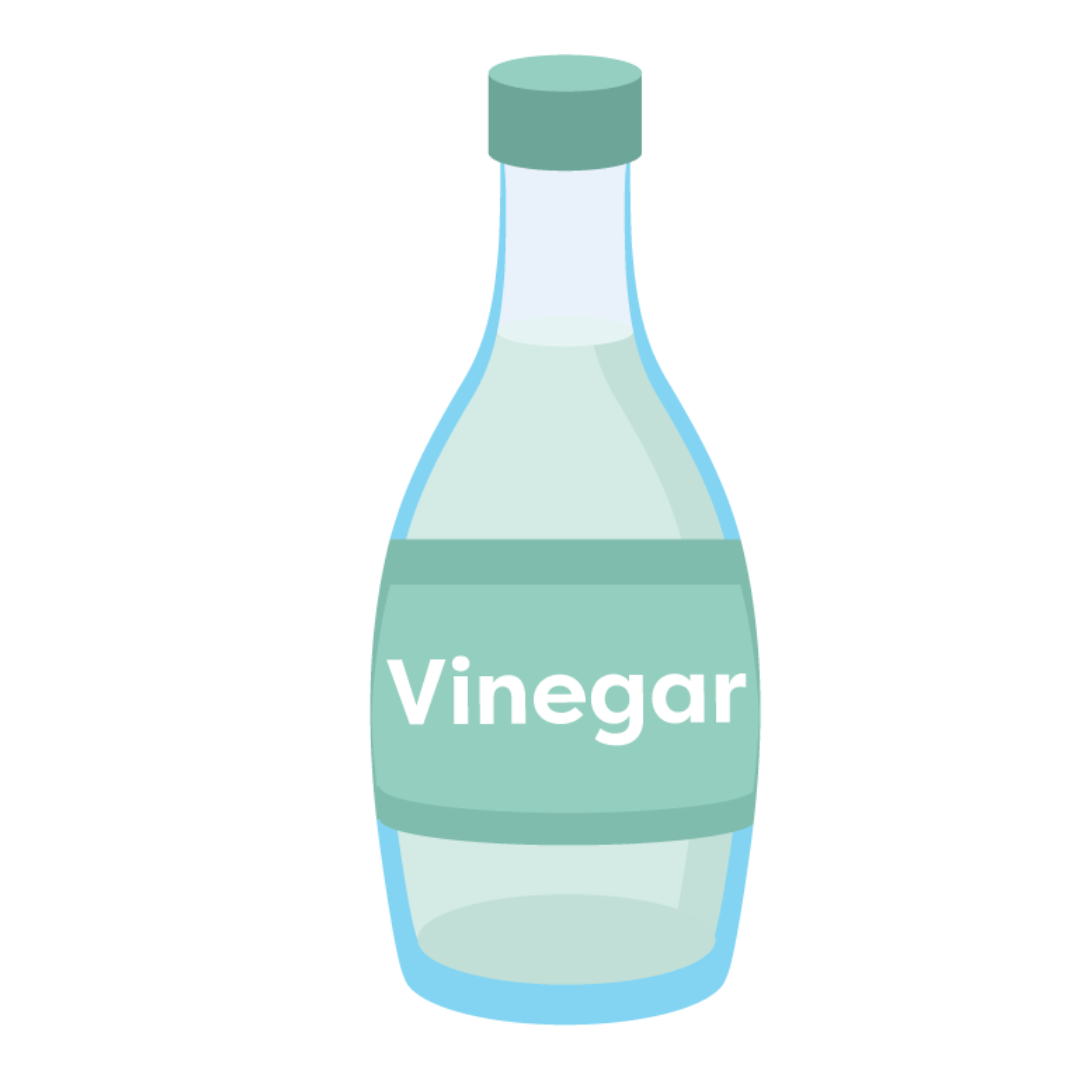
When you first hear about using the cream of tartar for cleaning, you might assume it’s something you use in baking, but when you mix it with white vinegar, it works wonders at breaking down dirt and making cleaning easy. This method takes about 8 hours but after the initial soaking, you would be able just to use an abrasive kitchen sponge and some regular soap and water without any real effort. If any tough stains remain after cleaning them off, you can repeat the process again.
- Sprinkle the cream of tartrate evenly across the baking sheet.
- Then, spray the cream of tartrate with enough vinegar solution to saturate the entire surface.
- After letting the baking soda-vinegar mixture dry overnight, use a scrubber sponge and warm water to remove any excess residue.
- Wash with regular soap and water.
Baking Soda and Peroxide
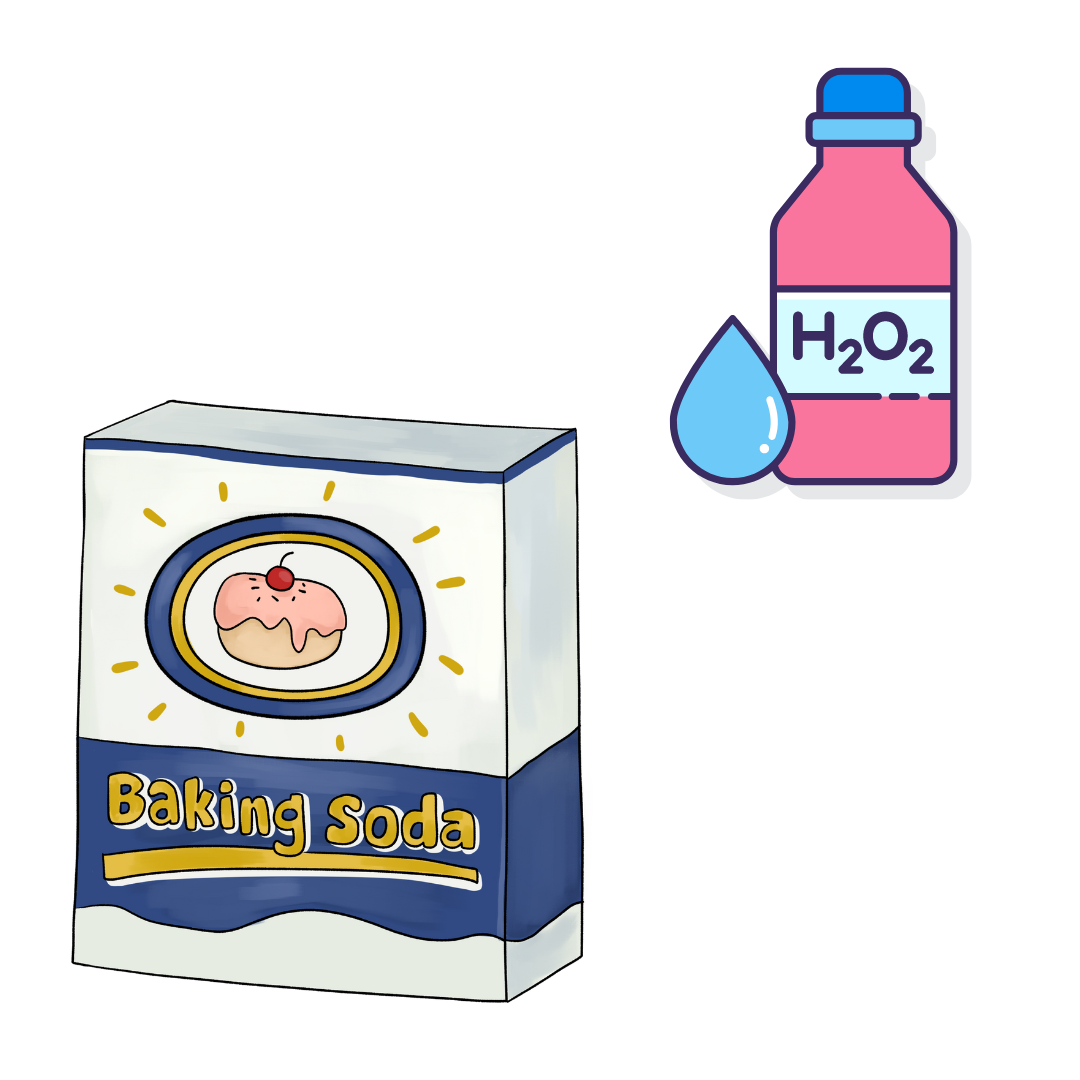
For this method, one of the most important factors is timing. It needs enough time to go through your baked-on food residue and grime. Only use this method when using aluminum pans.
- Mix baking soda and hydrogen peroxide all over the bottom of the baking sheet, then spray a generous portion of hydrogen peroxide over it until all the powder is moistened.
- Let it rest for at least a few hours before the next step.
- Next, use a plastic scrapper and scrape all the baking powder into a separate container.
- Scrub the pan in warm, sudsy water with a scrubber sponge or any basic kitchen sponge with a coarse side.
Cleaning Cookie Sheets with Ammonia
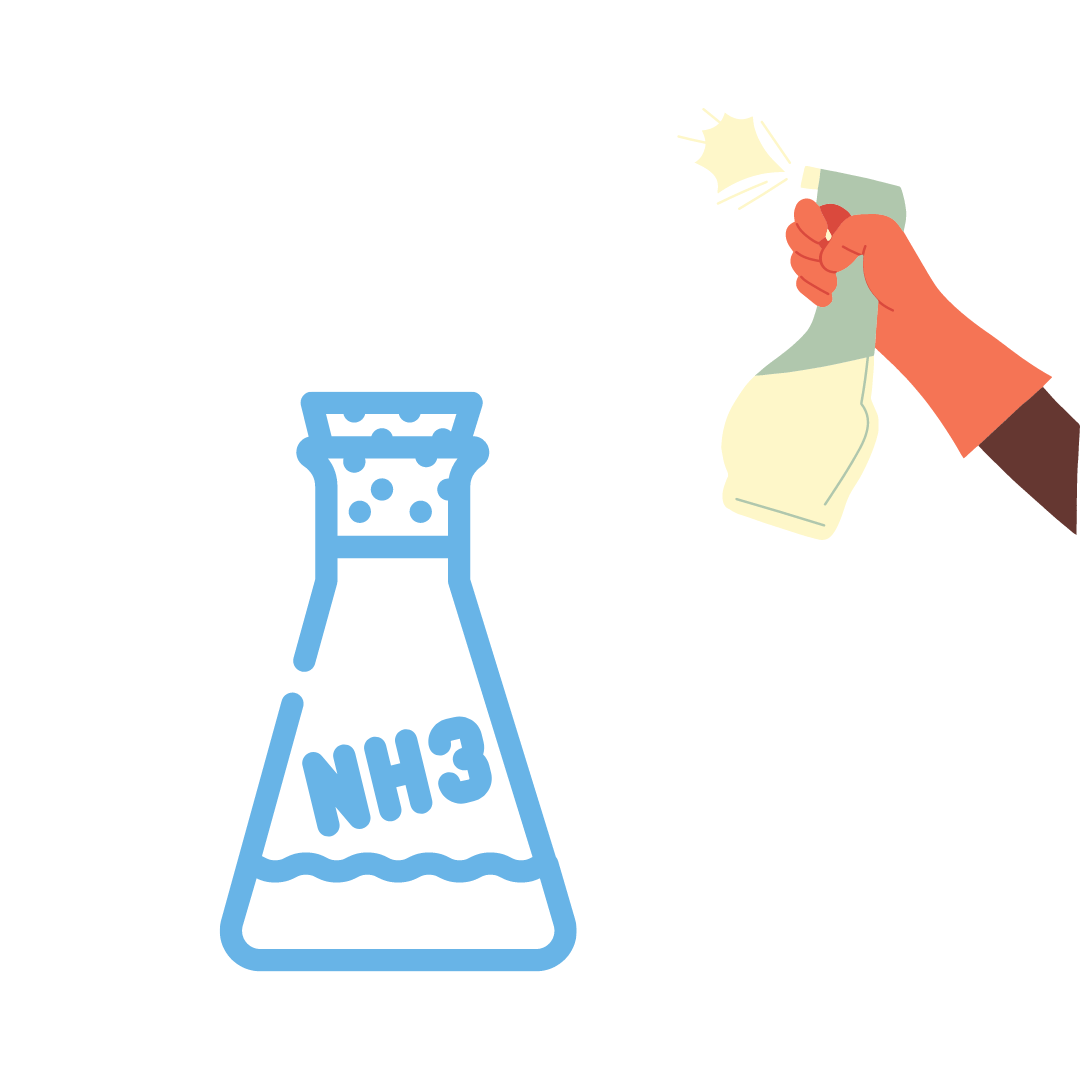
Ammonia is an excellent stain remover for baked goods, but it requires a lot of time and effort. To protect yourself from inhaling ammonia fumes, wear protective gloves, eye protection, and a mask when handling harsh chemicals such as ammonia. Do not use this technique for nonstick coating cooking surfaces or aluminum cookware.
- Put your baking sheet inside a plastic trash bin liner.
- Add one-half cup of ammonia solution and seal it properly.
- Put the sealed plastic bags into the sun to allow them to soak up some sunlight so that grease and bits of food can be easier to clean.
- Remove the pans from the ammonia without inhaling any ammonia.
- Use steel wire brushes to scrub pots and pans.
- Rinse the cookie sheets thoroughly
Cleaning Methods to Remove Baked On Grease from Pans
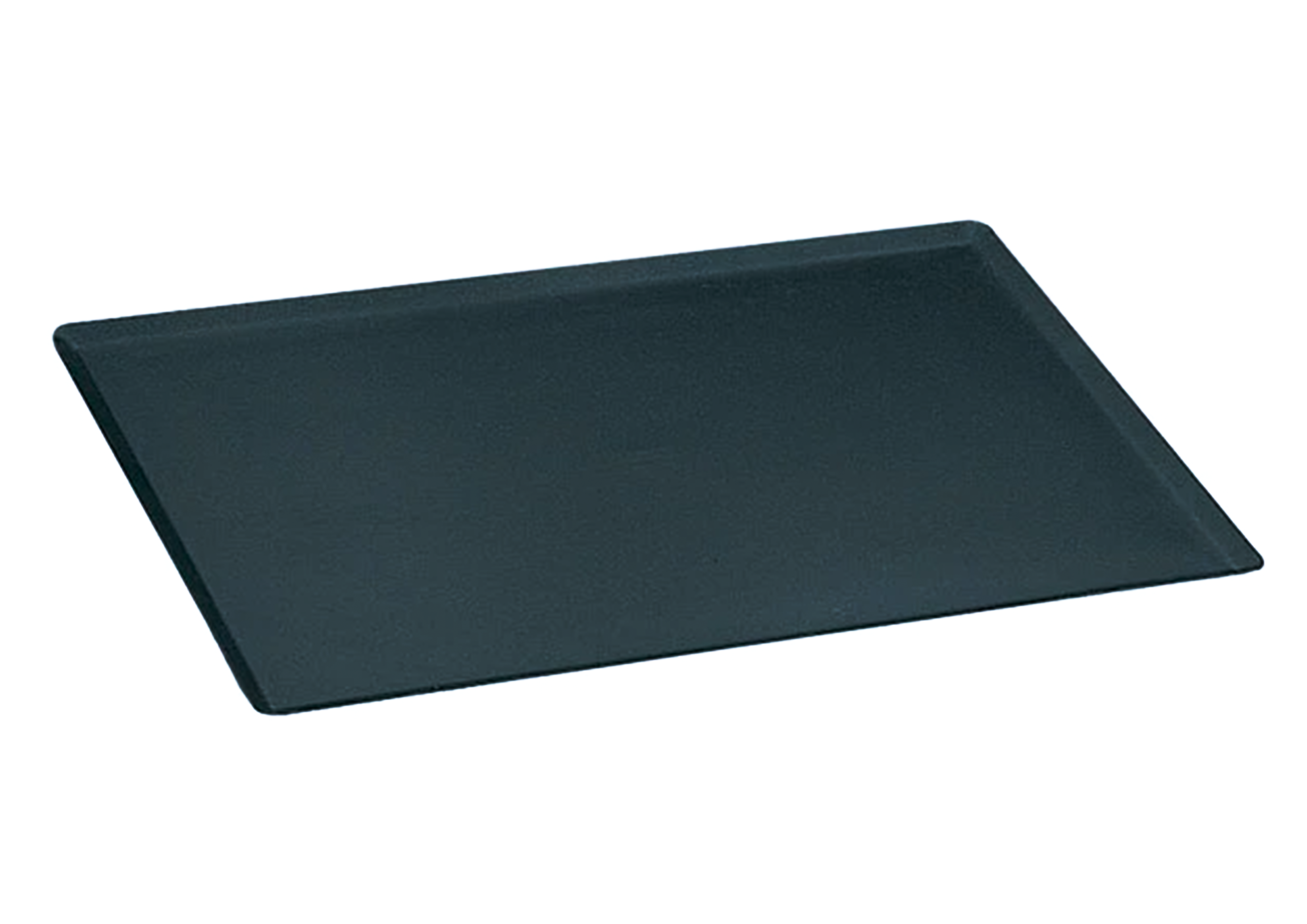
- Method 1: Put your cookie sheet on a stovetop with some water and a few drops of dish detergents. Turn the stovetop to high heat and let the pot come up to a gentle boil for five minutes. Let the liquid cool down completely before using it again. Scrub the pan with a stainless-steel scrubber to get rid of any burnt-on stains.
- Method 2: Aluminum-coated metal is a strong material that can withstand rough cleaning and scrubbing. Try using a scouring pad, a rough surface, or steel wire when cleaning anything. It’s essential to consider that while it works well for removing stubborn spots from stainless-metal cookware, using it could cause scratches on your pans.
Model Featured: Matfer Bourgeat 310101
Steps to Clean Rust from Cookie Sheets
If you want to get rid of rust from your sheets, use one of these techniques.
Using a Potato!
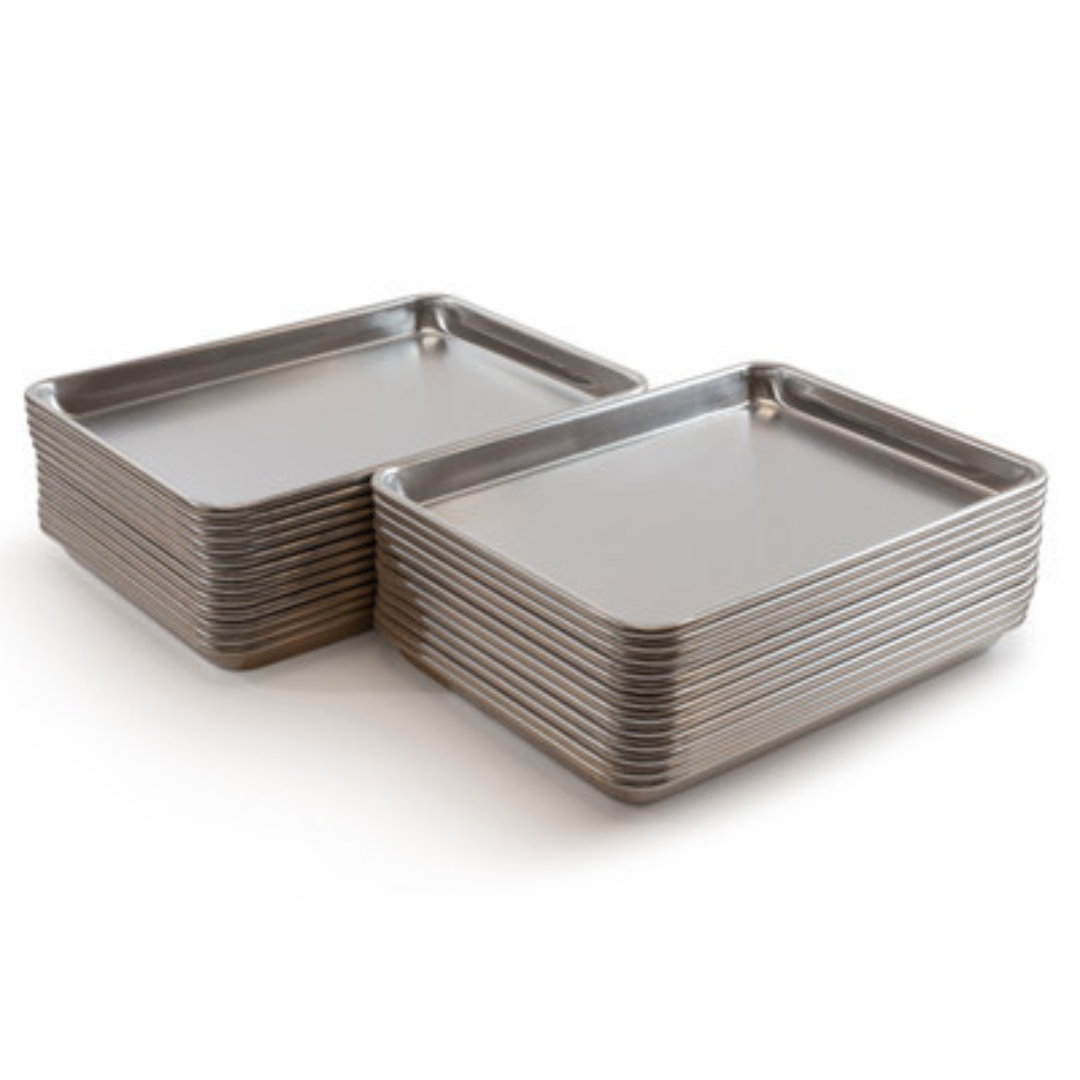
A cut potato can actually be useful for removing rusty stubborn stains from your old cookie sheets! To fix your pan, follow these steps:
- Cut the potato in two.
- Dip the cut ends in either dish soap or baking soda. You might want to test both methods to see which one works better for you.
- Rub the potatoes firmly over the rusty area. Oxalic acids found in potatoes will help break rust down naturally.
- If the potato gets too slippery, cut off the end and dip it again.
- Repeat these steps until the rust has been completely eliminated.
- Rinse off the skillet and dry immediately.
Model Featured: Bakn BAKSP1309
Using Baking Soda
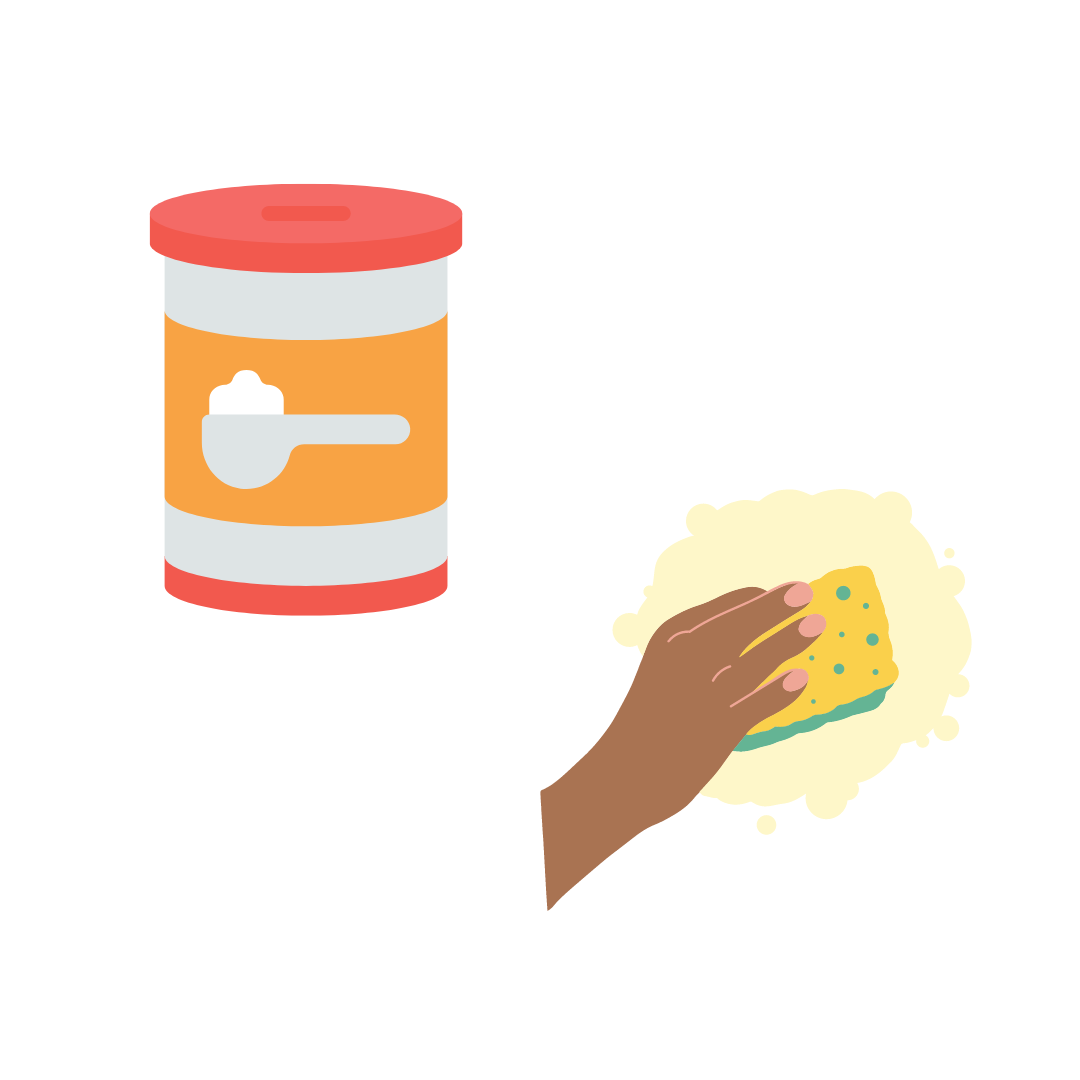
If you're tired of throwing away your rusty sheet pans, try this easy repair method instead.
- Wash the sheet thoroughly, then let it remain slightly moist.
- Dust the pan lightly with baking soda so the baking soda stays stuck to the rest of the water.
- Cover any rusty spots with baking soda.
- Let sit for about half an hour.
- After applying the baking powder, gently scrub the pan again.
- Immediately rinse everything off and towel dry.
Maintenance Tips for Cleaning Your Cookie Sheets
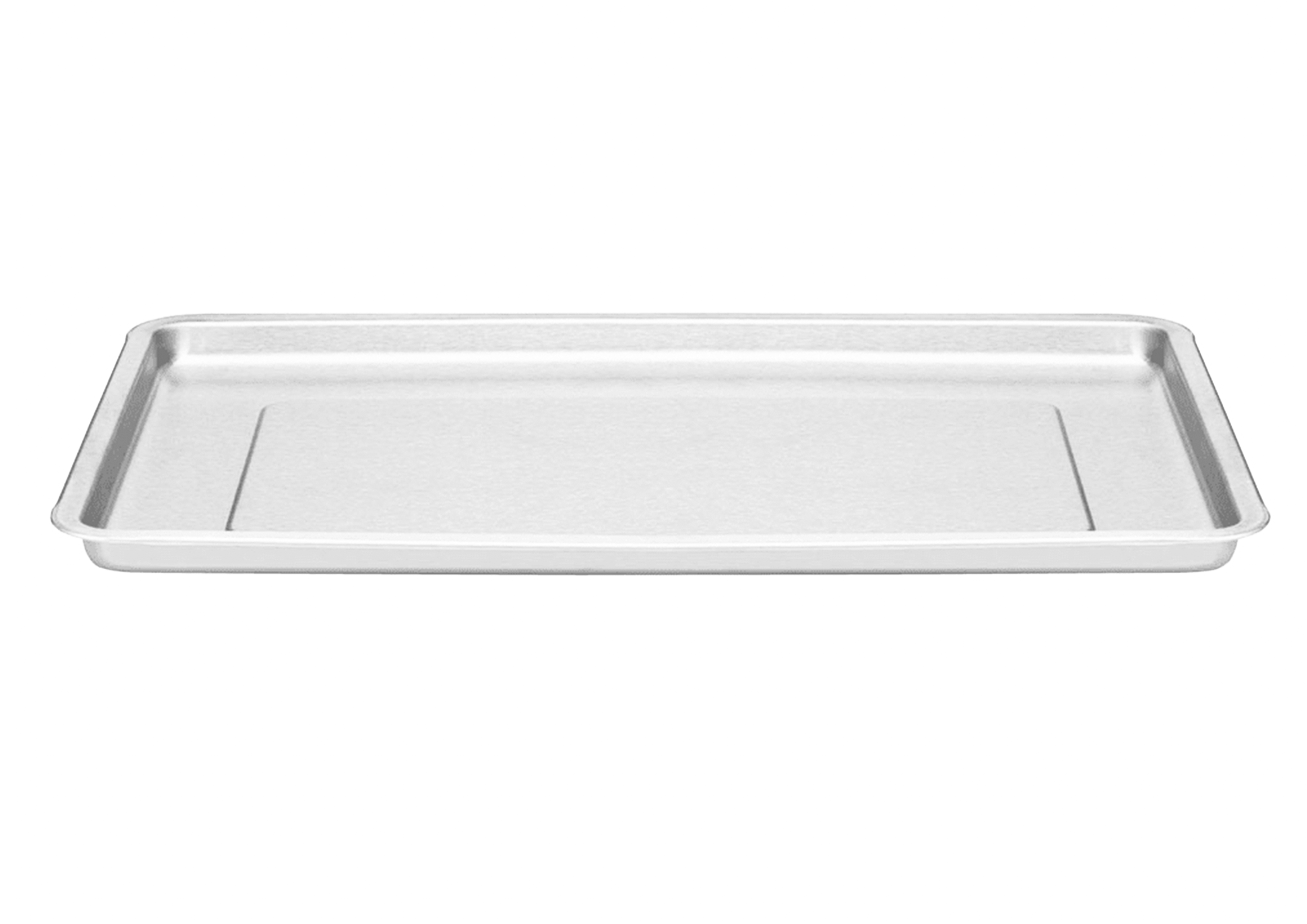
If you want to keep your cookie sheet clean and free from buildup, here are some tips for doing so. Cookie sheets are a useful, versatile cooking utensil for any commercial kitchen. These methods help ensure long-term success and reduce maintenance expenses. You can choose one of these methods depending on what supplies you have available at hand.
- To avoid large messes, line your baking sheet first with aluminum foil or parchment.
- To avoid rusting, coat your pan lightly with vegetable or olive oils.
- To prevent the buildup of bacteria and rusting, wash your cookie sheet immediately after using it.
- If you're able to, always hand-clean your cookie sheet right away.
Model Featured: Waring WCO500TR

